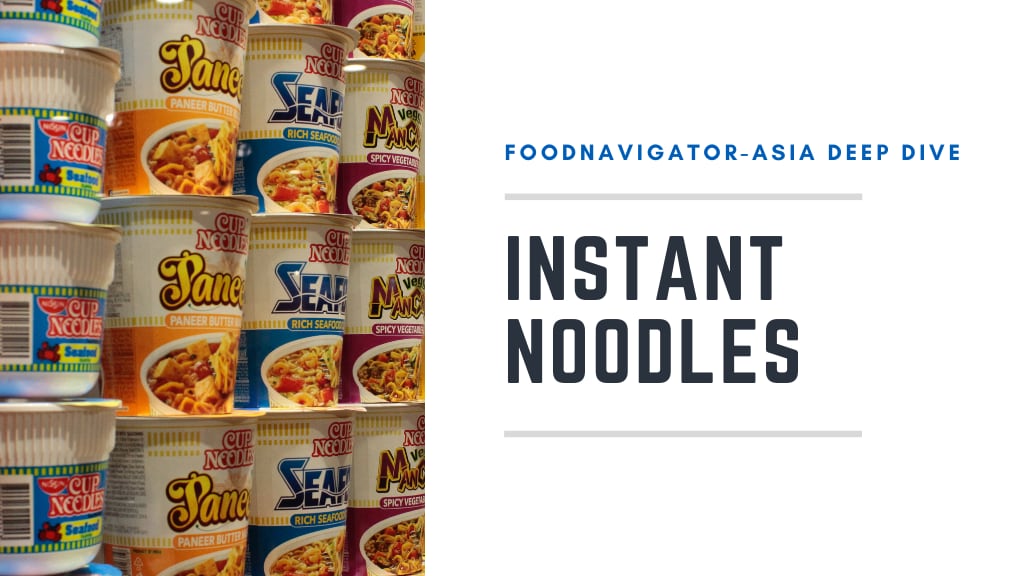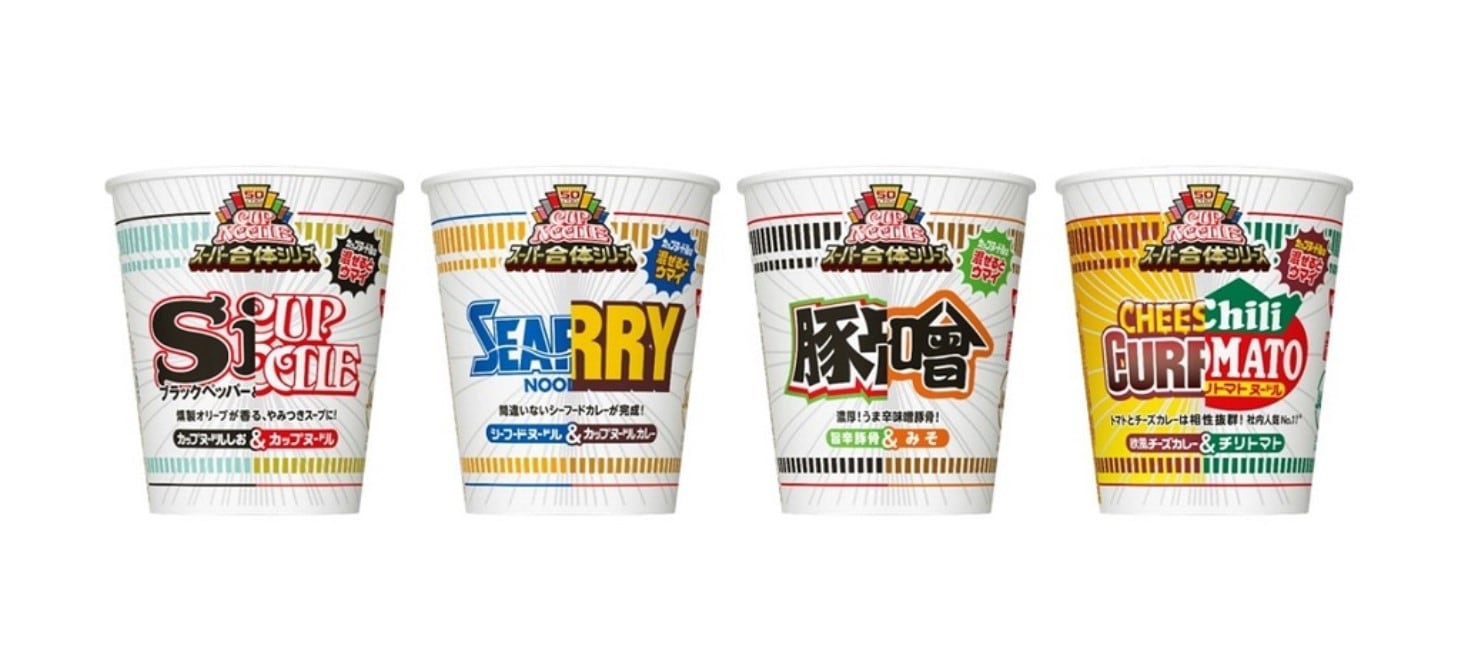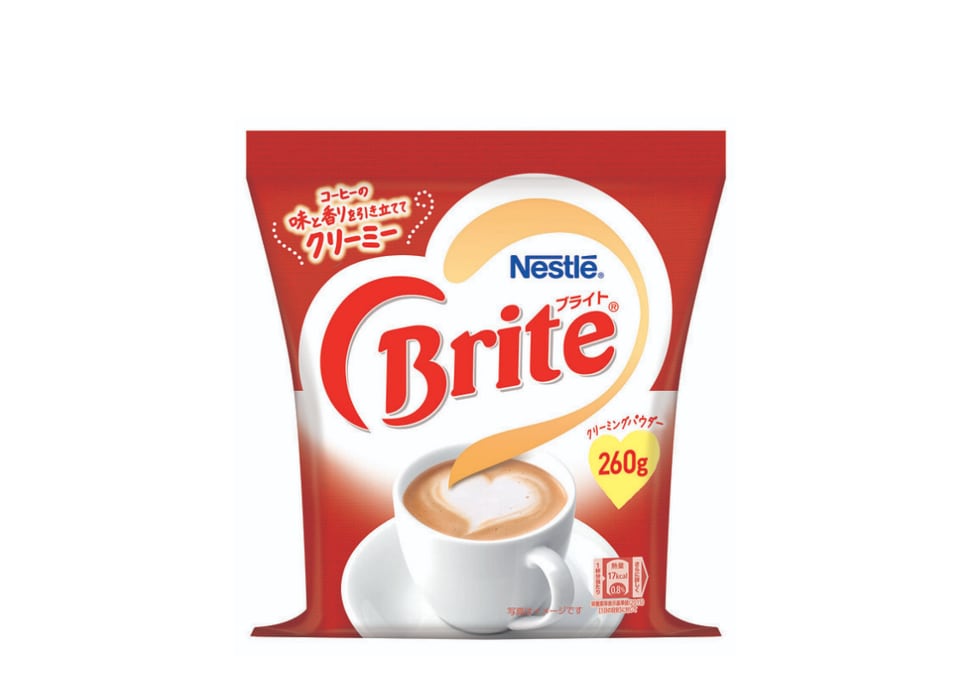With consumer demand for health and wellness in the region at an all-time high after the COVID-19 pandemic hit, instant noodle brand interest in creating better-for-you products has simultaneously risen, which why in this edition of the FNA Deep Dive we will zoom in on the evolution taking place within this sector.
Instant noodles are considered a staple food product in many APAC countries, from China to Japan and even in Australia. According to the latest data from the World Instant Noodles Association (WINA), an international organization helmed by Nissin Chairman Koki Ando, Asian countries in particular make up eight of the top 10 countries with the highest instant noodle demand worldwide.
“Since instant noodles were created in Japan back in 1958, [the focus has always been on] the five basic values of delicious taste, safety, convenience, preservability, and affordability,” Ando said in a formal statement.
“But in order to evolve instant noodles into a food product that continues to be loved and accepted [in] the future, nutritiousness and eco-sustainability have also been recognised [by WINA] as key values to develop instant noodles moving forward.”
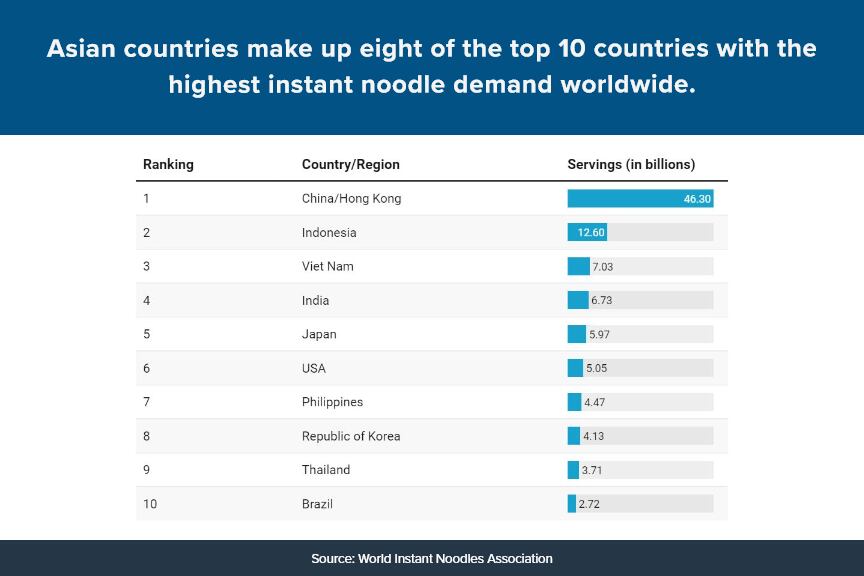
So although for many years, the industry has focused innovation efforts on interesting flavour combinations as well as increased affordability and convenience, rising consumer demand for options that are not just affordable and convenient but also healthy have driven manufacturers to prioritise the creation of better-for-you instant noodles, via healthier ingredients or processing techniques.
One of these is Singapore-based KOKA, which is sold in over 40 countries across APAC, the United States, the United Kingdom, the Middle East and Europe. The firm was one of the first to realise that health and wellness was a direction that would appeal to instant noodle consumers.
“The COVID-19 pandemic has no doubt increased interest in healthier and better-for-you products including in the convenience foods category, [but KOKA] was one of the pioneers in this space years back, releasing MSG and preservative free instant noodles way back in 1999 and non-fried instant noodles in the 2000s,” KOKA manufacturing company Tat Hui Foods Marketing Director Shiang Lim told FoodNavigator-Asia.
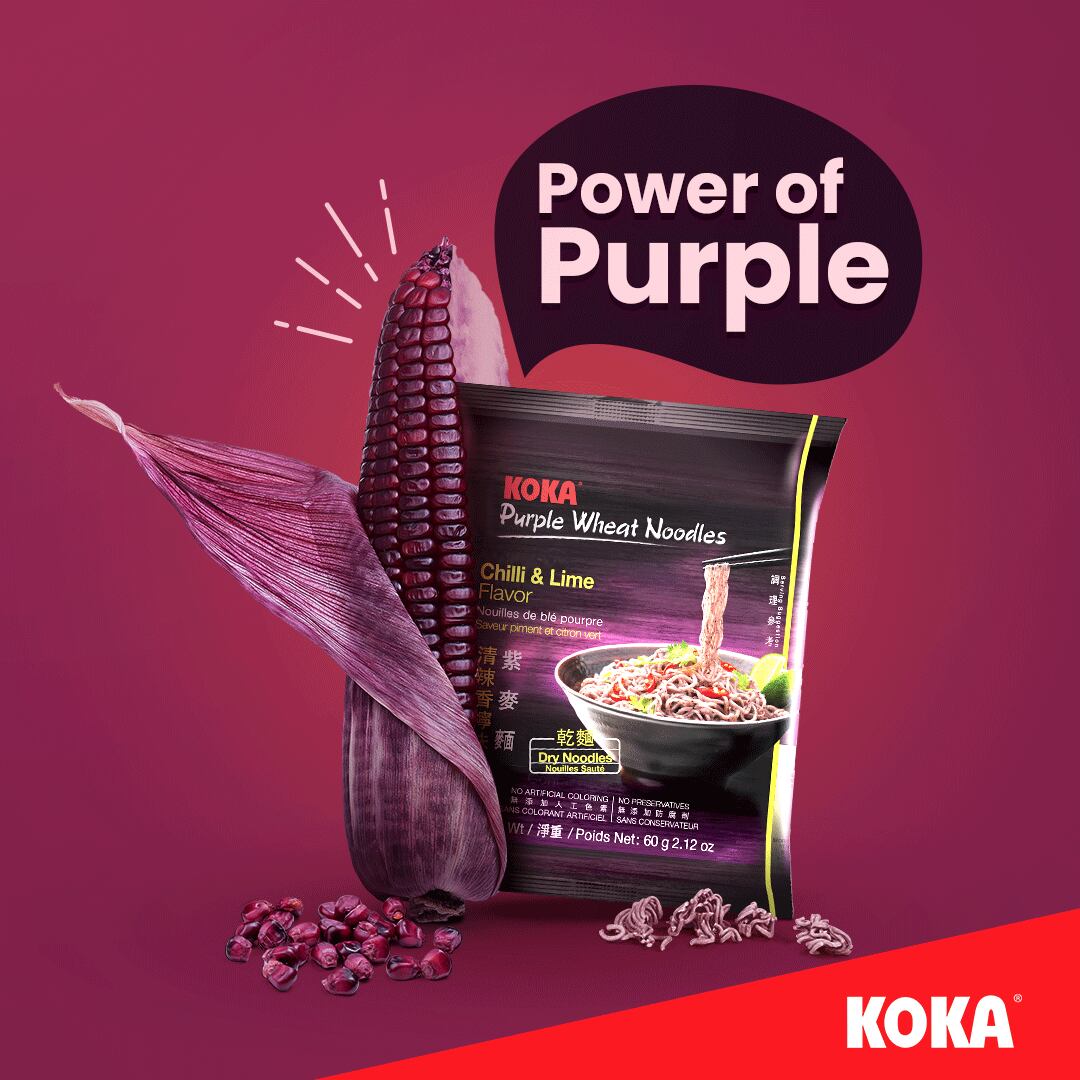
“The instant noodle category is highly saturated in Asia, flooded with many same-same offerings, so we decided to invest in the development of healthier and better-for-you products to address the general concern of instant noodle consumers by providing them with more choices.
KOKA moved in this direction first by removing additives, then developing and customising a processing technology allowing it to lower the calories of its products.
“Typically, instant noodles are deep-fried which is a more calorie-dense process. We steam and bake our noodles instead – this is a slower, costlier, and results in a smaller output compared to the typical deep-fried process,” said Lim.
“We have persisted in this for over 20 years now despite facing a lot of scepticism along the way [as we] felt strongly that convenience and comfort food doesn't have to be unhealthy [and more importantly, it can be just as tasty, which will always be one of the key factors.
“So at that time, we were a little bit ahead in terms of innovating healthier instant noodles [and this is coming into trend now].”
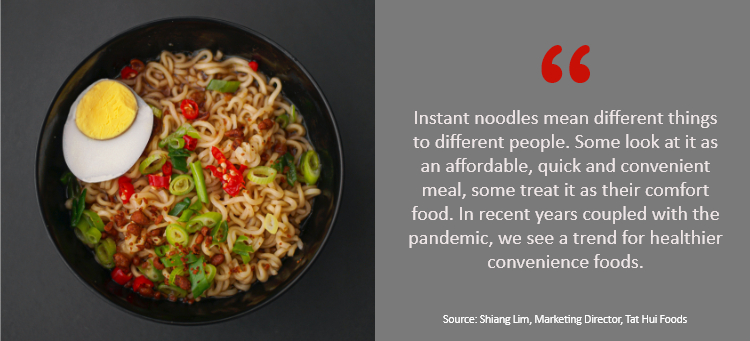
In addition to the healthier process, KOKA has also created two ranges of antioxidant-rich noodles with a high content of anthocyanins– one called Purple Wheat which is made with whole purple corn and whole wheat, and a Multigrain Cup series made with whole purple corn, whole oats and whole wheat.
“The multigrain noodles contain about three times more antioxidants than grapes, gram for gram, per serving – ‘these noodles had been sent to Canada to be tested for their antioxidant activity,” said Lim.
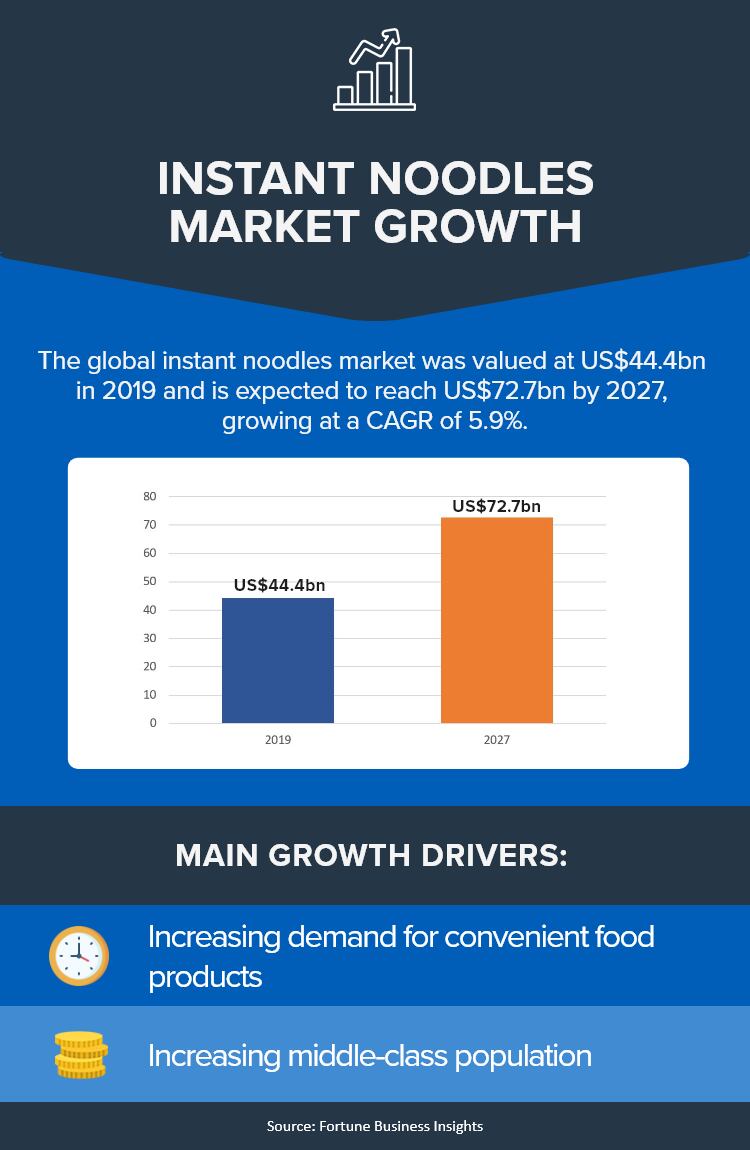
Grains are a popular choice for manufacturers attempting to ‘healthify’ their instant noodles – for instance, even noodles giant MAGGI has developed different variants of healthier noodles by including different types of grains in these, depending on the country of production.
For instance, MAGGI in Malaysia has OatMee, which combines whole grain oats into the regular wheat noodles. The product is made of 51% oats and 49% wheat.
“This is a first in Malaysia [and] the oats bring consumers steamed noodles that have the added goodness of fibre [in addition to the protein from wheat],” Nestle stated.
Nestle India has its own healthier versions of MAGGI, including several variants made from atta (wholemeal wheat) flour such as Spinach Atta and Atta Masala as well as its own Oats Masala, the latter two of which belong to its ‘Nutri-licious’ range which has an emphasis on being a healthier option.
Instant noodles giant Nissin, whose founder Momofuku Ando invented the now-common cup noodle format, has also seen the better-for-you trend growing within the instant noodle sector.
“We first saw this in the restaurant channel, and now more and more manufacturers are offering healthier, better-for-you instant noodle options,” Nissin Foods Singapore Marketing Manager Piyush Kadao told us.
“This has been growing rapidly over the past two years and Nissin is definitely also working on innovating in this direction – in Japan, we have already launched a high protein, low carbohydrate version of cup noodles in accordance with this trend.”
Interestingly, the firm also noticed a shift in instant noodle consumption formats during the COVID-19 lockdowns, where more consumers turned to packet noodles (requiring kitchen equipment to prepare) as opposed to cup or bowl noodles which just need the addition of hot water and can be consumed anywhere.
“Pre and post-pandemic, cup and bowl products were more popular as they were a more convenient format to suit consumers’ busy lifestyles, but during the pandemic we saw a growth in sales of packet products,” he said.
“This was likely due to people spending more time at home with access to a kitchen and time to cook the noodles, [possibly adding more ingredients].”
Watch the video below to find out more.
Nissin also owns multiple other instant noodle brands including Myojo, Chu Qian Yi Ding, and UFO.
The E numbers conundrum
Despite its popularity due to the cost and convenience factors, traditional instant noodles have nonetheless still had a longstanding reputation of being less than healthy due to the inclusion of preservatives – which ironically are exactly what give these products their long shelf life and increased convenience.
UK and Australia-based Mr Lee’s Noodles places very strong focus on the removal of all preservatives and E-numbers from its products, saying that keeping their product ‘clean of all that’ is a key value proposition for the firm.
“There is conjecture that these E-number preservatives are what lie between being a standard high-processed product vs being an ultra high-processed product, and we do not want to be the latter,” Mr Lee’s Noodles Australasia Director Greg Longhurst told us.
“There is a lot of difference in consumer perception between the two regarding freshness, cleanliness, nutrition and the like, and we want to be the better option.

“This is also why we opt to freeze-dry our ingredients as opposed to dehydrating these, as freeze-drying allows us to lock in 98% of nutrients and a lot of vitamins in the ingredients we use from vegetables to meat, so is the healthiest, most nutritious choice available.”
The Mr Lee’s flagship range of noodles are also gluten-free, an added benefit allowing them to broaden their market to consumers avoiding gluten, and the firm has seen increased demand since COVID-19 hit the region.
“We’ve been in Australia for about four years and have always seen a high repeat rate from consumers, but since the pandemic hit there’s definitely been increased demand,” said Longhurst.
“There’s this really strong pull from consumers that want ‘real food, real quick’ that our products appeal to, as these consumers are really strongly looking for healthier alternatives that are still convenient enough to fit them.”
One step further – regenerative instant noodles
Whilst many food firms are already looking at developing better-for-you options, Singapore-based WhatIF Foods is looking to go beyond this concept to make ‘regenerative’ foods, including a line of instant noodles made from future fit crops such as Bambara groundnut and moringa.
“The challenge [for all of us] is that the foods we have are loaded with empty calories, there's hardly any nutrients in there that we really need in order to be nourished,” WhatIF Foods Co-Foudner and CEO Christoph Langwallner told us.
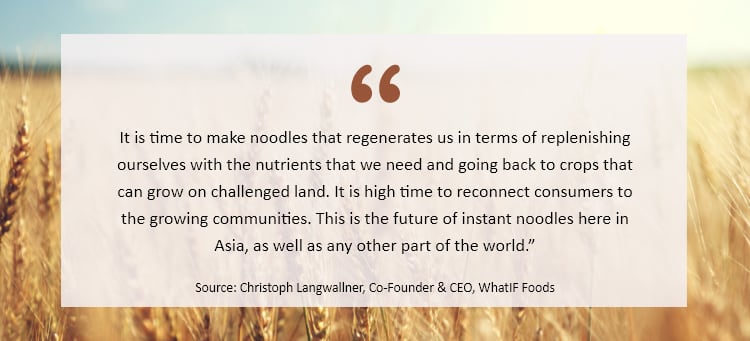
“With the pandemic, people are more conscious of what they put in their bodies, and while foods like instant noodles may be a comfort food, they need to be able to nourish the body as well [so although] we know very well that consumers finding comfort in these sorts of products, it doesn't mean that we have to make these noodles in the way that we currently do.
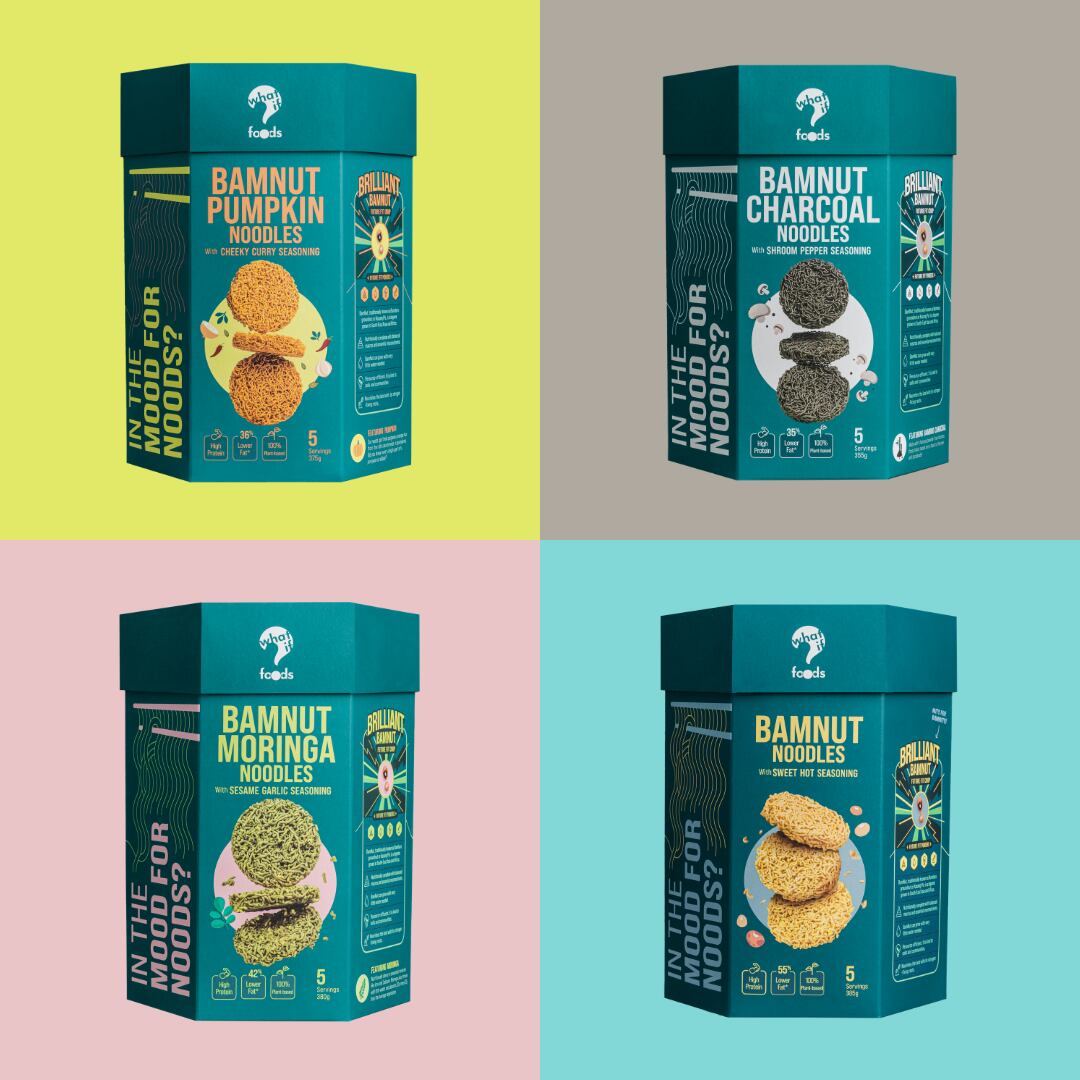
“It is time to make noodles that regenerate us in terms of replenishing ourselves with the nutrients that we need and going back to crops that can grow on challenged land [as well as]reconnect consumers to the growing communities. This is the future of instant noodles here in Asia, as well as any other part of the world.”
WhatIF’s instant noodles are free from MSG, artificial sweeteners, colours, preservatives, and palm oil, and have opted to use an air frying method so contain 35% less fat whilst being high in protein.
At present, the noodles still require a stove for cooking due to their unique ingredient mix and processing method, but given how attached consumers are to convenience as a purchase driver for instant noodles, the firm is developing more convenient options too.
“We’re looking at more convenient options, those that allow immediate consumption, as well as more flavours and soup variants,” WhatIF Foods Strategic Business Development Director Amelia Tan added.
“At the same time, we hope to incorporate more regenerative crops into these noodles to showcase the diversity of ingredients [that can be used to make regenerative foods].”
Spicy flavours still in the lead
In addition to better-for-you options, most firms have also observed that when it comes to flavour preferences, spicy flavours still draw the most attention within the APAC market, and this is also guiding their flavour innovation.
For instance, the majority of MAGGI Malaysia’s instant noodle flavours are spicy, from the ever-popular Curry to Tom Yam, and even its later innovations have all been developed to focus on spiciness, such as the ‘Pedas Giler’ (Crazy Spicy) range and ‘Letup’ (Explosion’ range.
“It is no secret that Malaysians from all walks of life share a love for hot and spicy food,” said Nestle Malaysia.
“MAGGI Pedas Giler is made to push taste buds to the limit, with its marketing focusing on a ‘straight faced challenge’ where participants had to eat this and maintain a straight face through the spiciness.
“MAGGI Letup on the other hand is made with pure extracts of fiery red and dried chillies along a blend of curry spices topped with real chilli flakes, [enough to give any consumer] a good spick kick.”
MAGGI India has done much the same, with various ranges including its Nutri-licious range developed to contain Masala (a blend of ground spices common in India), and even its newer innovations focusing on Asian flavours, the Fusian range, all contains some level of spice, i.e. Bangkok Sweet Chilli, Singaporean Tangy Pepper and Hong Kong Spicy garlic.
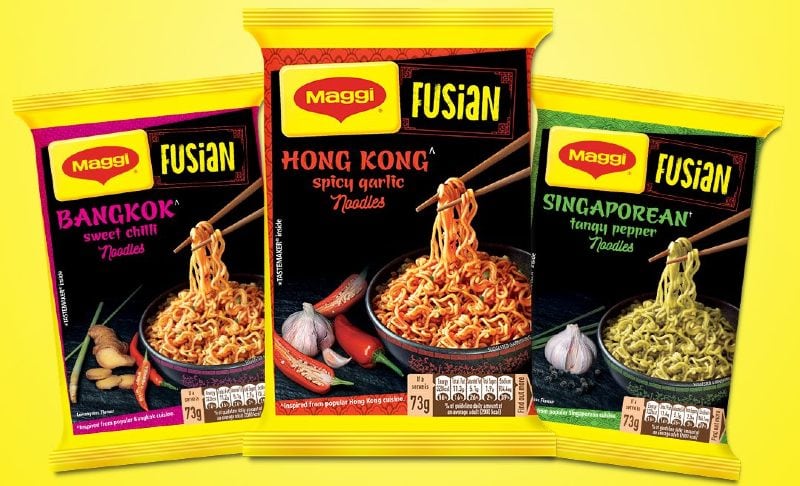
Longhurst concurred that spicy flavours are all the rage at the moment in Asia’s instant noodle sector, even in Australia where the traditional palate is not as geared towards spice as most Asian countries.
“The hot and spicy flavour profile is not just trending in Asia but also in Australia – the trick is finding that balance of high spiciness and more neutral spiciness,” he said.
“High spiciness flavours are still considered more in tune with Asia, but in Australia flavours that are spicy but not extreme are popular.
“We’re developing a new ramen range now, and based on these considerations we have two of four flavours that are very spicy such as Sizzling Beef, but two which are more neutral like Malaysian Curry with Potatoes.”
Kadao also agreed that spice is important in Asia, highlighting that Nissin’s best-selling product in the Singapore market is the Tom Yam cup noodle.
“Singaporeans like spicy and tangy flavour profiles which the tom yum embodies,” he said.
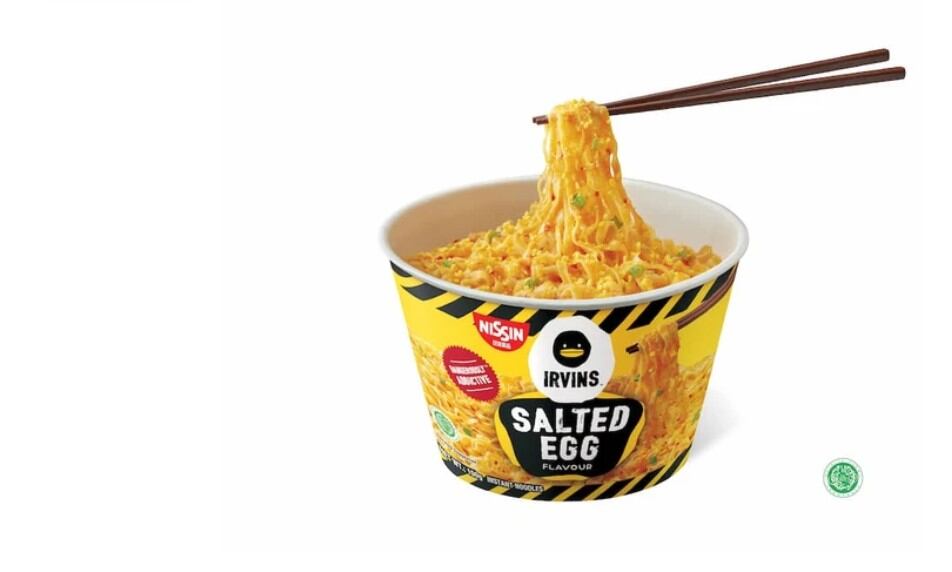
“We have also seen an interesting trend in terms of mix and match flavour combinations, something which also first appeared in the foodservice sector and is now spreading to influence instant noodle manufacturers.
“In response to this trend, Nissin Japan has created a dual-flavoured cup noodle series which combines its core flavours - some of the combinations include seafood and curry, miso and spicy tonkotsu.
“In other markets like Singapore, we [don’t have dual-flavoured products yet, but] want to better understand the local tastebuds and develop products accordingly – for instance, we recently launched a salted egg flavoured instant noodle bowl in collaboration with salted egg potato chip firm IRVINS.”


